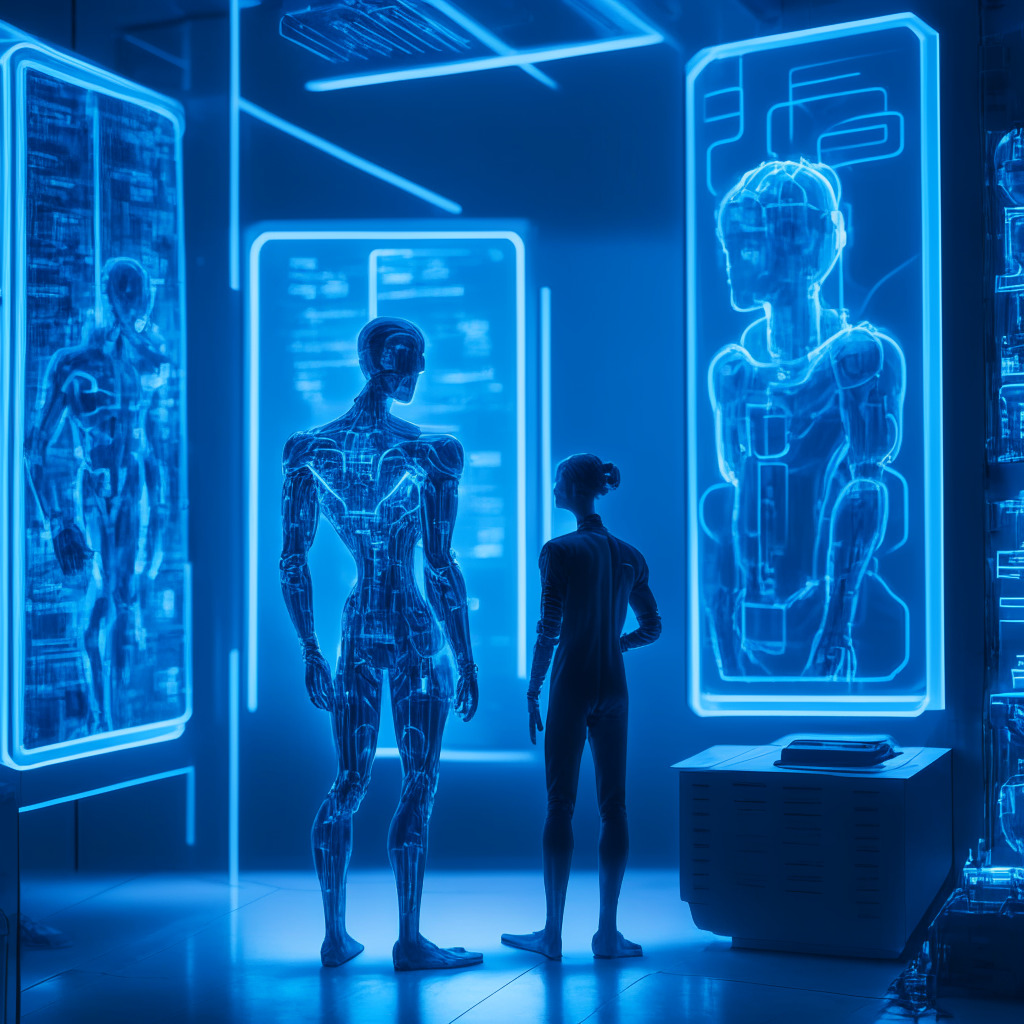In the current technological landscape, giving Artificial Intelligence (AI) human-like features has been posed as a considerable solution by some experts. Making AI behave more like humans, inclusive of our flaws and empathy, might enhance their aligning with human values. This standpoint, expressed in “Robot Souls: Programming in Humanity”, a forthcoming book by academic Eve Poole from the Hult International Business School, puts forth an intriguing perspective. By bestowing AI with features that make us human, including emotions and the ability to make mistakes, we might be creating a reciprocal relationship between humanity and machines.
AI alignment is a technicality that involves making AI act beneficially for humans instead of turning rogue and working against us. Open Souls, an organization that develops AI bots with personalities, purports that instilling these digital souls will solve the AI alignment problem. However, skeptics might argue that making AI human-like might not be a great idea considering the destructive propensities of humans.
The proposition of making AI into humans (in at least some measure) might seem far-fetched given our current technology. However, there are speculations that we are verging on creating sentient AI or unearthing the arcane premise of AGI (Artificial General Intelligence). In March, Microsoft’s report, “Sparks of General Intelligence”, hinted at such a breakthrough imminent in the future.
Another interesting approach being examined is to create a superintelligent AI that behaves benevolently towards humans. However, the real challenge lies in ensuring that these potentially superior entities are oriented towards helping – rather than harming – people, as posited by Singularity.net founder Ben Goertzel.
As we stride into the future of possibly sentient AI, we must also weigh out the risks. Let’s acknowledge the fact that humans are known to commit destructive actions and atrocities. Potentially dangerous scenarios could arise if such behavioral traits are retained in the AI of tomorrow.
While superintelligent AI is a futuristic concept, the immediate advantage of introducing human-like features into AI can be observed in existing chatbots. By making them more empathetic and personable, we can improve our experiences with these digital assistants.
Incorporating AI into our daily lives is no longer a distant future. Advances have been made where AI personalities, resembling human interactions, have interacted online on behalf of individuals. However, such progress brings its own host of ethical and emotional implications, especially when software updates promote changes in AI personalities resulting in emotional repercussions for humans involved.
The future of AI has started to blur the lines between reality and artificiality, making our technological landscape incredibly intriguing. It is up to us to heed the caution we might need while seamlessly integrating AI into our daily existence and avoiding unwanted complications. As we make the most of the age of AI, we must also ensure that we are ready for the repercussions that may stem from giving AI a more human-like essence.
Source: Cointelegraph




